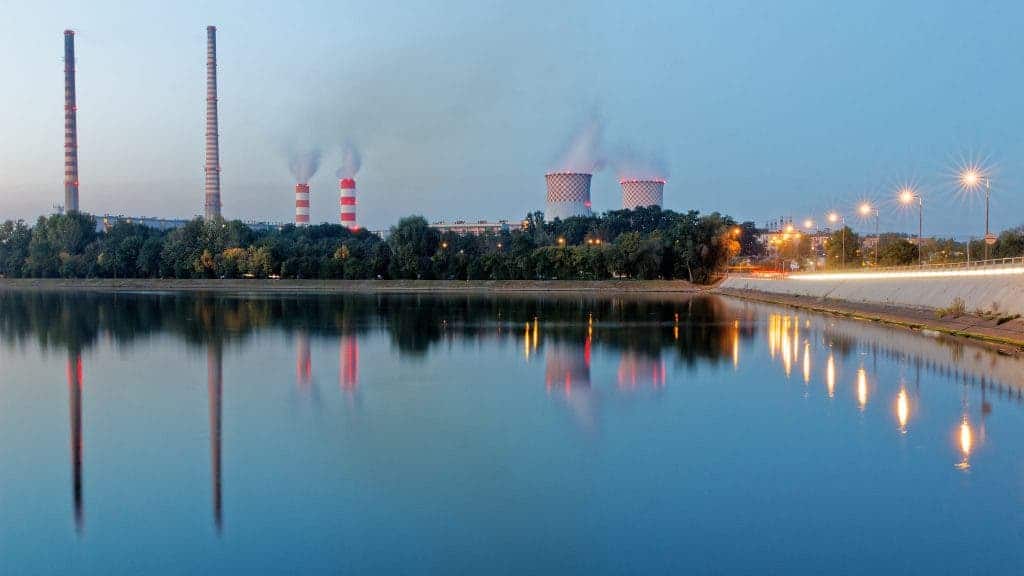A group of five Asian countries are responsible for 80% of new coal power stations planned around the world, with the project threatening goals to fight climate change, according to a new report. Carbon Tracker, a think tank, found that Japan, Vietnam, China, and India plan to build more than 600 coal plants over the next few years, which can spell trouble for the entire planet.

The plants will be able to generate a total of 300 gigawatts of energy, which is equivalent to around the entire electricity generating capacity of Japan. But this will come at quite a cost. Coal is one of the most environmentally damaging sources of energy and is being developed despite the availability of cheaper renewable energy sources such as wind and solar.
“These last bastions of coal power are swimming against the tide, when renewables offer a cheaper solution that supports global climate targets. Investors should steer clear of new coal projects, many of which are likely to generate negative returns from the outset,” Catharina Hillenbrand von der Neyen, author of the report, said in a statement.
Climate experts see phasing out coal as key in tackling the climate crisis, whose impacts are expected to accelerate soon. But many countries in the Asia-Pacific region, which have long relied on fossil fuels to power their economies, have been slow to act, even as countries in the European Union and the US accelerate their transitions.
Another climate headache
The Paris Agreement on climate change, signed in 2015, aims at limiting global warming to 1.5 degrees Celsius above pre-industrial levels. For this to happen, the use of coal in electricity generation should decline by 80% from 2010 to 2030, which means retiring one plant per day until 2040, according to the report. But instead of retiring plants, we’re adding new ones.
China, the world’s biggest coal consumer and largest greenhouse gas emitter, is the country planning the largest number of coal plants. It has 368 stations in the pipeline with 187GW of capacity, Carbon Tracker estimated. India is planning 92 plants with 60GW capacity, followed by Indonesia with 107 plants and Vietnam with 41.
Li Shuo, Beijing-based policy adviser with Greenpeace East Asia, told Deutsche Welle that China’s plans is linked with the perception that they will generate GDP and jobs, and importantly aid the pandemic recovery. Nevertheless, he believes China “has more plants than it can use” and it will end up losing money in the medium to long term.
The pandemic witnessed a record 4% decline in coal generation in 2020, with all countries apart from China, seeing falls. Part of this decline was owing to lower electricity demand, but was partly attributable to coal being displaced by wind and solar, which grew by 15% year over year – a trend Carbon Tracker describes as irreversible.
Nevertheless, the International Energy Agency (IEA) in its most recent global energy outlook predicts 2021 to have the largest increase in energy-related carbon emissions since 2010, driven by a rebound in the use of coal in Asia, with demand expected to grow 4.6%. Much of the increase is down to a revival of coal being used for electricity generation in China.
Progress in cutting coal generation further this decade to limit temperature rises rests almost entirely on developments in the regulated markets of Asia, which accounts for around 75% of global coal capacity. This is despite the fact that 77% of the global coal operating fleet is higher cost than new renewables today, and this will continue to rise, Carbon Tracker said.
The think tank called investors to cancel all new coal projects, describing it as a risky investment, and governments to use post-Covid stimulus as an opportunity to lay the foundations for a sustainable energy system. “Coal no longer makes sense, financially or environmentally,” Catharina Hillenbrand von der Neyen said in a statement. Hopefully, the world will take not.









